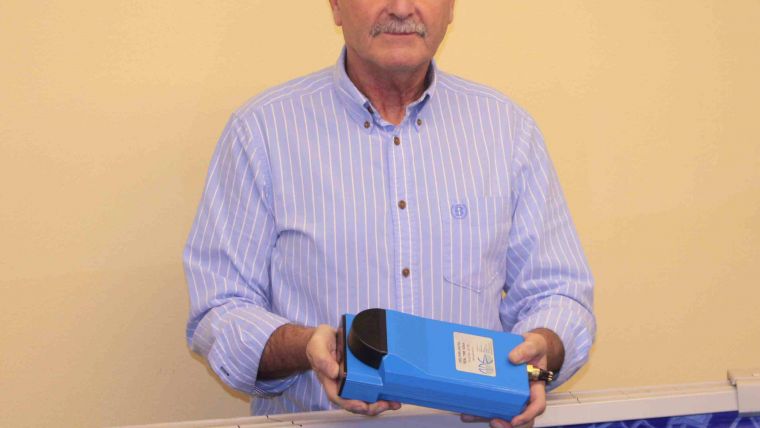Dolphin Makes Splash to Operational Version
The Dolphin 2D sonar from Marine Electronics Ltd (MEL, UK) made a splash on the company’s stand at Oceanology where designers of small AUVs and ROVs were able to see what can be achieved when using such a small, low cost package. A prototype of the new sonar was first presented to the industry a year ago since when it has been refined and tested to the point where it is now ready for operational use.
The Dolphin 2D sonar has been based-on MEL’s longer-range Dolphin 3001 model which operates at 250kHz. The Dolphin 2D is a 720kHz model which introduces some benefits. The most notable of these are its compact size and light weight for use on small ROVs and AUVs as well as for other applications on surface craft. Its versatility and ease of use is also improved by an Ethernet connection to the underwater unit.
One-Piece Composite Ceramic Unit
Featuring a one-piece composite ceramic unit with 96 elements which means that the Dolphin produces 192 acoustic beams which create a 120 degree horizontal display. For AUV use it is significant that it has a low power consumption of less than 15 watts. For very close range work at less than 1 metre it can provide clear images at 30 frames per second and when it is used for longer ranges up to 100 metres it can generate imagery at 7.5 frames per second. The Dolphin also contains a nine-axis MEMS motion sensor and its output requires no surface image processing. This means that whatever leaves the unit via its Ethernet connection is what the user sees on the surface.














